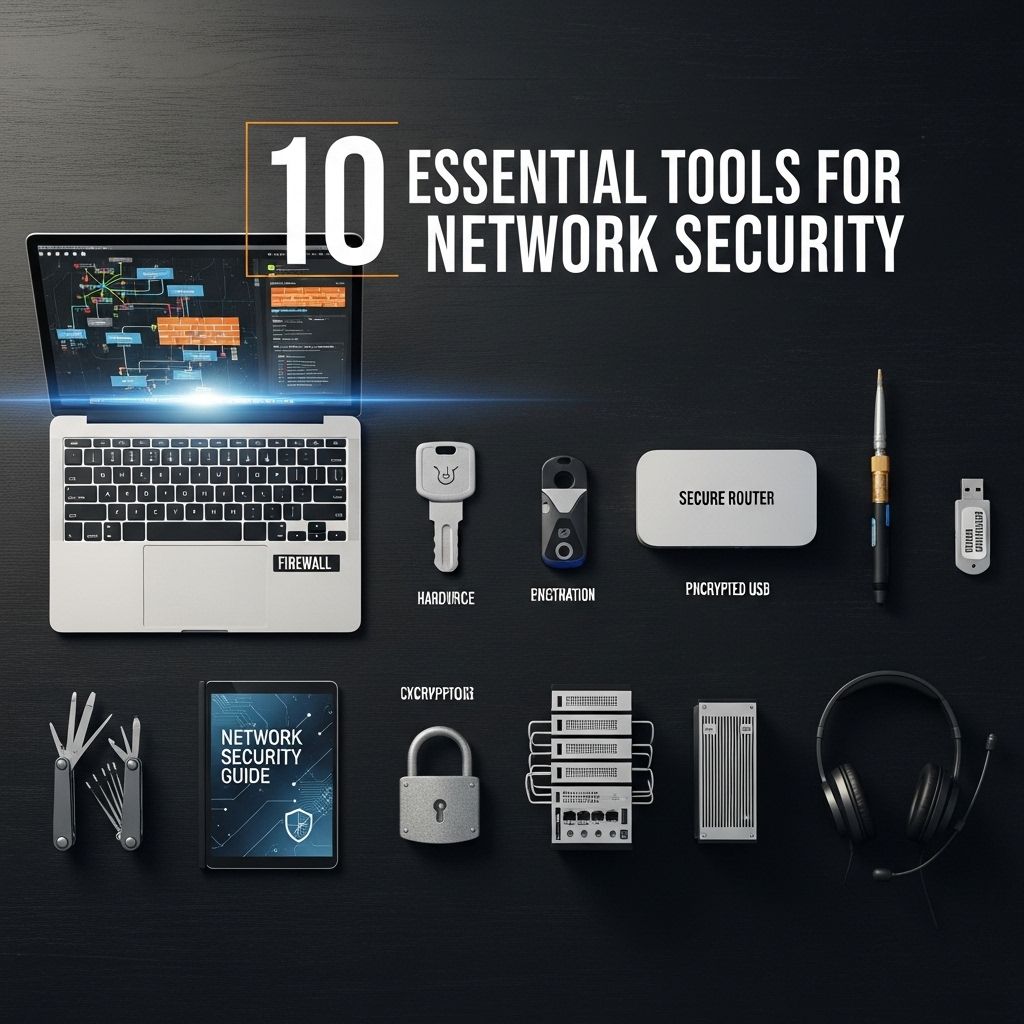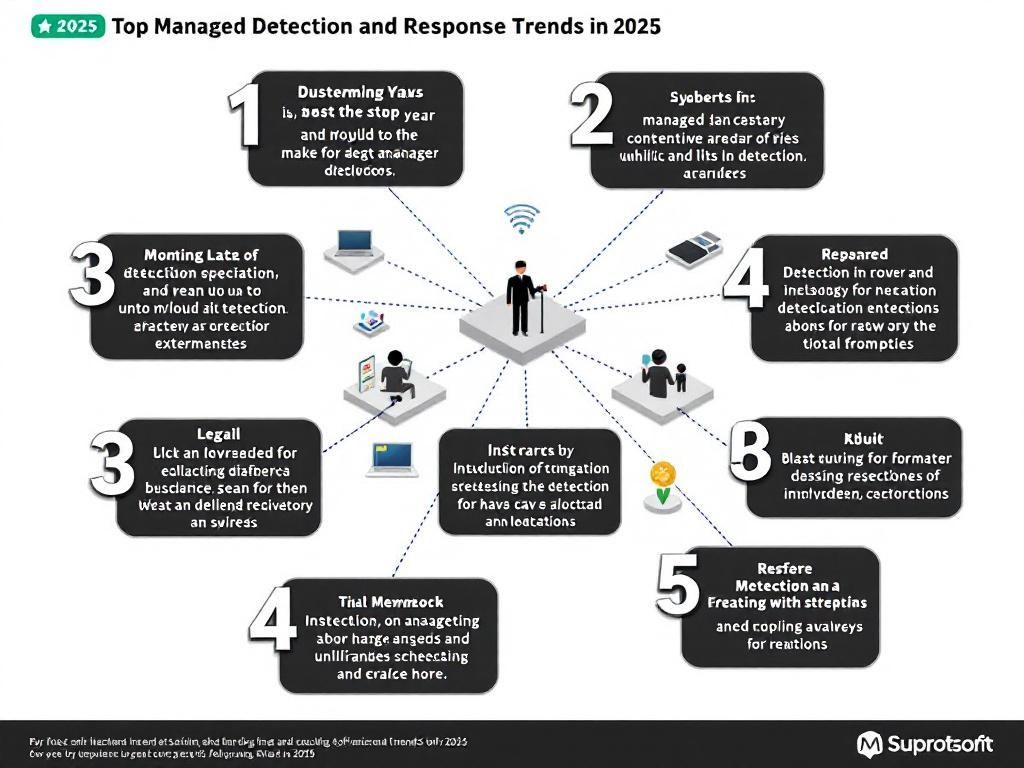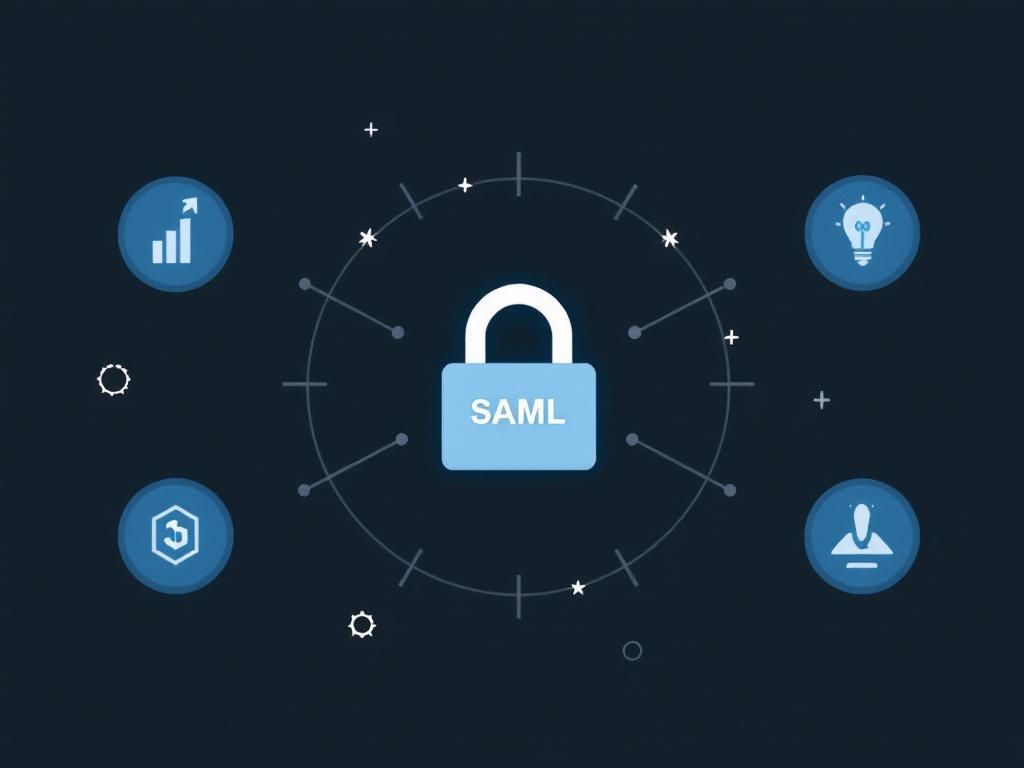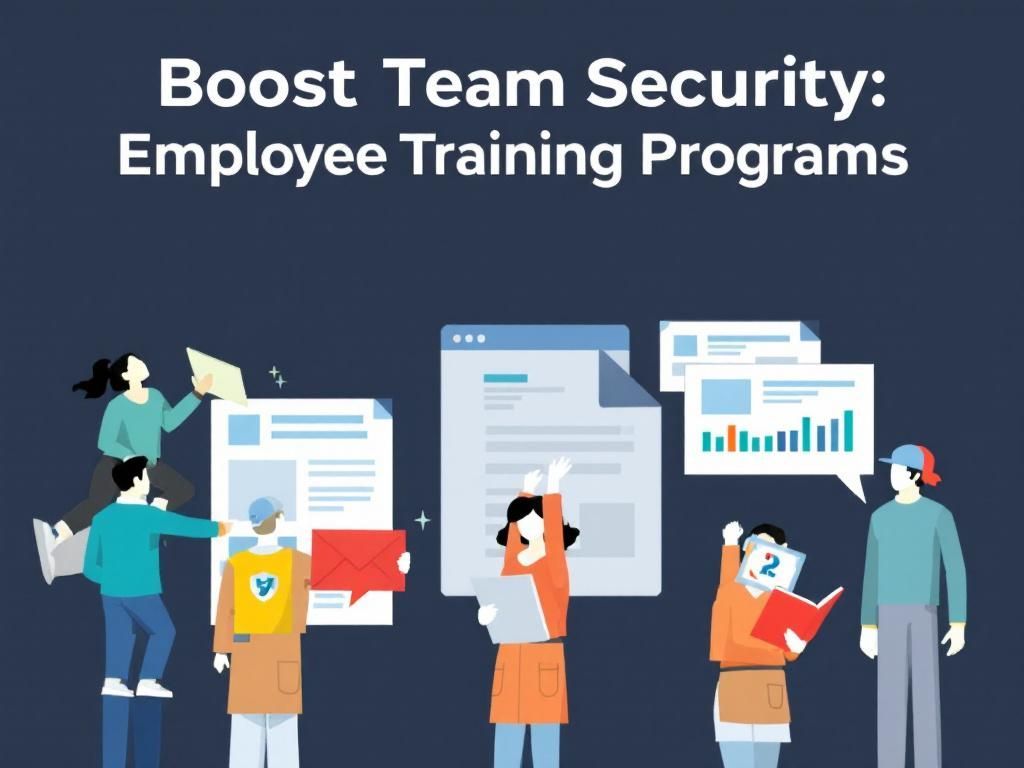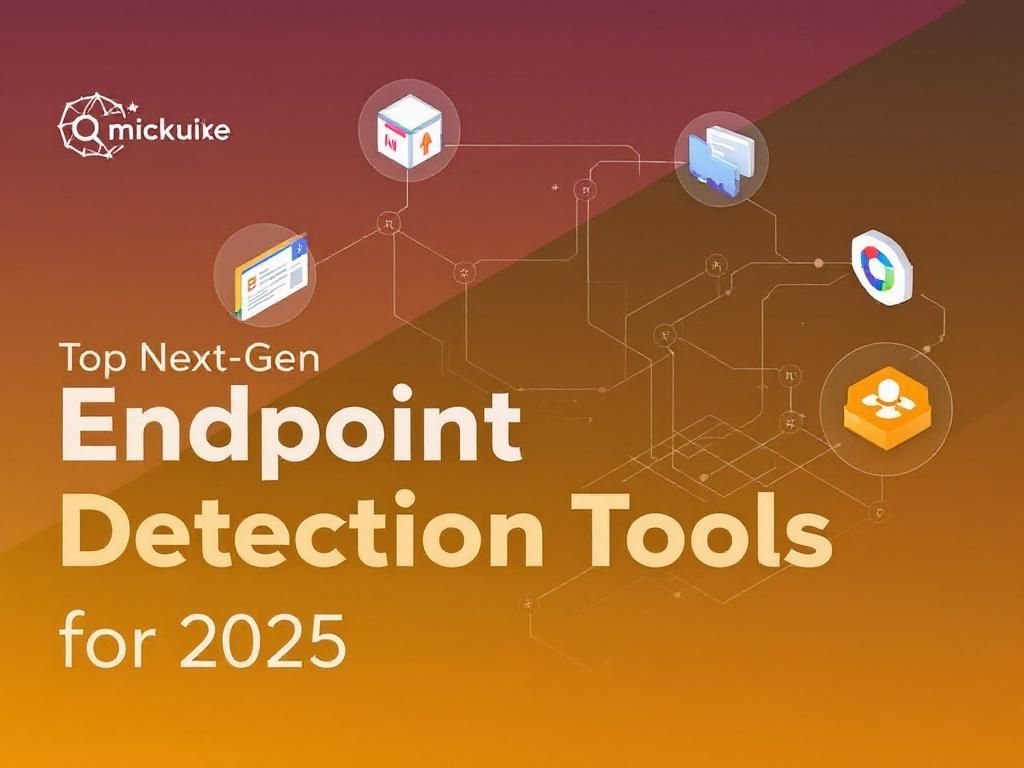Protect Your Business: The Importance of Managed Detection Against Cyber Threats
Discover why managed detection is essential for safeguarding your business from evolving cyber threats. Ensure your security with expert solutions.

In today’s increasingly digital world, organizations face a multitude of cyber threats that can compromise sensitive data, disrupt operations, and damage reputations. As cybercriminals evolve their tactics, businesses must adopt robust security measures to protect their assets. Managed Detection and Response (MDR) has emerged as a vital solution for organizations looking to enhance their cybersecurity posture without overburdening their internal resources. This article delves into the complexities of cyber threats and why implementing Managed Detection is crucial for modern businesses.
Table of Contents
The Landscape of Cyber Threats
The digital landscape is rife with various cyber threats, each presenting unique challenges:
- Malware: Malicious software designed to harm or exploit devices, networks, or systems.
- Phishing: A deceptive attempt to acquire sensitive information by masquerading as a trustworthy source.
- Ransomware: A type of malware that encrypts files and demands payment for decryption.
- Insider Threats: Security risks originating from within the organization, often from employees or contractors.
- Zero-Day Exploits: Attacks that occur on the same day a vulnerability is discovered but before a fix is implemented.
Understanding Managed Detection and Response (MDR)
MDR is a comprehensive security solution that combines technology and human expertise to monitor, detect, and respond to cyber threats in real-time. Unlike traditional security measures, which rely heavily on preventive tools, MDR emphasizes a proactive approach to threat detection and incident response.
Key Components of MDR
- 24/7 Monitoring: Continuous surveillance of network and system activity to identify anomalies or potential threats.
- Threat Intelligence: Utilizing up-to-date information on emerging threats to enhance detection capabilities.
- Incident Response: Rapid response to detected threats to mitigate damage and recover from incidents.
- Forensics and Analysis: Detailed investigation of security incidents to understand the attack vector and prevent future occurrences.
The Importance of Proactive Threat Detection
Many organizations adopt a reactive approach to cybersecurity, responding to incidents after they occur. However, this strategy can be detrimental and costly. Here are the reasons why proactive threat detection through MDR is essential:
1. Early Detection Saves Costs
According to various studies, the cost of a data breach can escalate quickly. The Ponemon Institute’s 2021 report indicates that the average total cost of a data breach is approximately $4.24 million. Early detection through MDR can significantly lower these costs by:
- Reducing the time to identify and respond to threats.
- Preventing data loss and operational downtime.
- Minimizing regulatory fines and reputational damage.
2. Enhanced Security Posture
MDR services provide organizations with advanced tools and expertise that may not be available internally. This enhancement includes:
- Access to cutting-edge security technologies such as AI and machine learning for threat detection.
- Integration with existing security solutions for a holistic approach.
- Continuous improvement through feedback and lessons learned from previous incidents.
3. Focus on Core Business Activities
Cybersecurity can be a complex and resource-intensive field. By partnering with an MDR provider, organizations can:
- Free up internal IT staff to focus on strategic initiatives.
- Leverage specialized expertise without the need for additional hiring.
- Ensure that skilled professionals are dedicated to monitoring and responding to threats.
Choosing the Right MDR Provider
With numerous providers in the market, selecting the right MDR service can be challenging. Consider the following factors:
1. Experience and Expertise
Look for a provider with a proven track record in cybersecurity. This includes:
- Years of operation in the industry.
- Case studies or testimonials from previous clients.
- Certifications and partnerships with recognized security organizations.
2. Technology and Tools
The effectiveness of an MDR solution is heavily reliant on the technologies used. Inquire about:
- The types of tools employed for threat detection.
- Integration capabilities with existing systems.
- Use of advanced analytics and AI.
3. Reporting and Communication
A transparent communication process is essential. Consider providers who offer:
- Regular reports detailing detected threats and incidents.
- Clear explanations of response actions taken.
- Open lines of communication for ongoing support and questions.
Challenges in Implementing MDR
While the benefits of MDR are profound, organizations may face several challenges during implementation:
1. Integration with Existing Systems
Seamless integration between MDR solutions and existing security tools is crucial for effectiveness. Organizations should:
- Assess the compatibility of new systems with current technologies.
- Plan for potential disruptions during the transition.
- Engage with the MDR provider to ensure smooth implementation.
2. Overcoming Resource Constraints
Budget and resource limitations may pose significant hurdles. Solutions include:
- Evaluating different service levels and packages offered by MDR providers.
- Considering cost-sharing partnerships with other organizations.
- Leveraging cloud-based solutions to reduce infrastructure costs.
3. Staff Training and Adaptation
Organizations must prepare their staff to adapt to new processes and technologies. This can involve:
- Providing training sessions on new tools and procedures.
- Encouraging a culture of continuous learning and adaptation.
- Ensuring cross-departmental communication regarding new security measures.
Conclusion
As cyber threats continue to evolve, organizations must adopt proactive measures to safeguard their digital assets. Managed Detection and Response offers a comprehensive solution that combines the latest technologies with expert knowledge to enhance security posture, reduce incident costs, and allow businesses to focus on their core operations. By understanding the landscape of cyber threats and investing in MDR, organizations can better prepare for the challenges of tomorrow’s digital world.
FAQ
What are managed detection services?
Managed detection services are comprehensive security solutions that monitor, detect, and respond to cyber threats in real-time, ensuring your organization’s data and systems are protected.
Why is it important to have managed detection for cyber threats?
Managed detection is crucial as it provides continuous monitoring and expert analysis, helping to identify and mitigate threats before they can cause significant damage to your organization.
How do managed detection services differ from traditional security measures?
Unlike traditional security measures that may rely on periodic assessments, managed detection services offer proactive and continuous monitoring, utilizing advanced technologies and skilled professionals to respond to threats instantaneously.
What types of cyber threats can managed detection services identify?
Managed detection services can identify a wide range of cyber threats, including malware, ransomware, phishing attacks, insider threats, and advanced persistent threats (APTs).
How can my organization benefit from managed detection services?
By utilizing managed detection services, your organization can enhance its security posture, reduce response times to incidents, and benefit from expert knowledge without needing to maintain an in-house security team.
Are managed detection services suitable for small businesses?
Yes, managed detection services are suitable for businesses of all sizes, providing tailored solutions that help small businesses protect their assets without the need for extensive internal resources.


